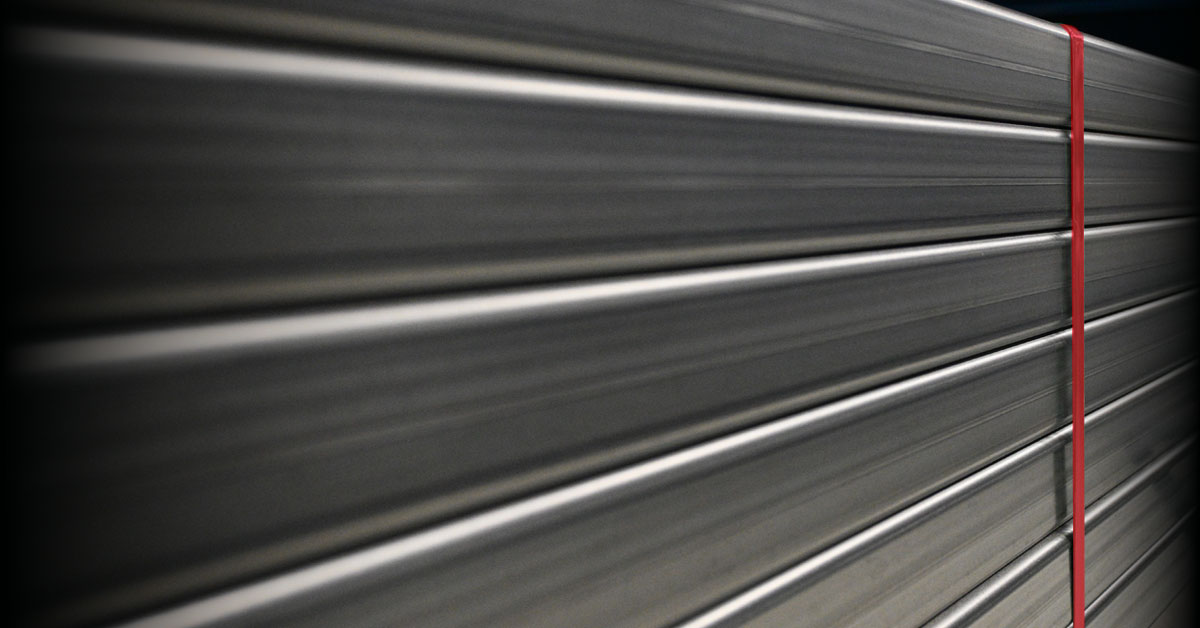Understanding the real cost comparison between duplex stainless steel and carbon steel
When comparing long-term costs, duplex stainless steel often proves more economical than carbon steel despite its higher initial price. The superior corrosion resistance, extended service life, and minimal maintenance requirements of duplex stainless steel create significant cost advantages over time. While carbon steel may seem attractive due to lower upfront costs, the total cost of ownership analysis reveals that duplex stainless steel’s exceptional durability and performance characteristics frequently deliver greater long-term value, particularly in corrosive environments or load-bearing applications.
Understanding the real cost comparison between duplex stainless steel and carbon steel
When evaluating steel options for structural applications, many decision-makers focus primarily on the initial purchase price, which can lead to suboptimal long-term investments. The total cost of ownership approach offers a more comprehensive framework for comparing duplex stainless steel and carbon steel by considering all costs throughout a solution’s entire lifecycle.
This approach factors in not just the procurement costs but also installation, maintenance, downtime, replacement, and eventual disposal expenses. For structural applications in demanding environments, these ongoing costs can far outweigh the initial price difference between materials.
The real cost comparison must consider that duplex stainless steel structures often remain functional for decades with minimal intervention, while carbon steel alternatives may require regular maintenance, protective treatments, and earlier replacement—all of which significantly impact the total cost equation.
Why is duplex stainless steel initially more expensive than carbon steel?
Duplex stainless steel commands a premium price upfront primarily due to its complex metallurgical composition. Unlike carbon steel, duplex stainless steel features a two-phase microstructure with approximately 50% austenite and 50% ferrite grains, creating a material with exceptional combined properties.
The higher alloying element content—particularly chromium, nickel, and molybdenum—substantially increases raw material costs. These elements provide the corrosion resistance and mechanical properties that define duplex stainless steel but also contribute significantly to its higher price point.
The manufacturing processes, including roll forming and press braking, require specialized equipment and expertise when working with duplex stainless steel. While the actual forming processes are similar to those used for carbon steel (contrary to common misconceptions), the higher strength of duplex grades necessitates adjustments in tooling and techniques, adding to production costs.
What long-term cost advantages does duplex stainless steel offer over carbon steel?
The compelling long-term economics of duplex stainless steel stem from its exceptional durability and performance characteristics. In corrosive environments, duplex stainless steel’s inherent corrosion resistance eliminates the need for protective coatings or regular repainting that carbon steel requires, resulting in substantial maintenance savings over decades.
The extended service life of duplex stainless steel structures—often two to five times longer than carbon steel alternatives—reduces replacement frequency and associated costs. This longevity is particularly valuable in critical infrastructure applications where replacement disruptions carry significant operational and economic consequences.
Additionally, duplex stainless steel maintains its structural integrity and appearance throughout its service life, preserving aesthetic qualities and load-bearing capabilities without degradation. The material’s corrosion resistance also eliminates secondary costs associated with rust damage to adjacent components or systems, further enhancing its cost advantage.
How does lean duplex stainless steel improve structural efficiency and reduce lifetime costs?
Lean duplex stainless steel (LDX) represents an engineering breakthrough that optimizes both performance and economics. The high-strength properties of lean duplex allow for significant material reduction—often enabling structures with 30-40% less material weight than traditional carbon steel designs while maintaining equivalent or superior load-bearing capacity.
This weight reduction creates cascading cost benefits, including lower transportation expenses, reduced foundation requirements, and simplified handling during construction. Square and rectangular hollow sections made from lean duplex provide uniform strength across all axes, making them particularly efficient under compressive loads.
The structural efficiency of lean duplex stainless steel also contributes to sustainability objectives. Less material usage means reduced environmental impact, while the material’s 100% recyclability ensures that resources are not lost at the end of the structure’s useful life—factors increasingly important in project evaluations.
When is the higher investment in duplex stainless steel justified by long-term savings?
The economic case for duplex stainless steel is most compelling in challenging environmental conditions where carbon steel would deteriorate rapidly. Coastal areas, chemical processing facilities, offshore structures, and locations with high humidity or atmospheric pollutants present ideal scenarios where duplex stainless steel’s corrosion resistance delivers maximum value.
Applications with high safety requirements or where failure costs are substantial—such as critical infrastructure, load-bearing structures, or facilities where downtime carries extreme costs—also justify the higher initial investment in duplex stainless steel.
Projects with extended design lives or those aiming for minimal maintenance requirements represent prime candidates for duplex stainless steel solutions. The longer the intended service life, the more favorable the economics become for duplex stainless steel compared to carbon steel alternatives.
Making the right steel choice for long-term value
When evaluating steel options for structural applications, decision-makers should adopt a lifecycle perspective rather than focusing solely on initial procurement costs. The total cost of ownership analysis typically reveals that duplex stainless steel delivers superior long-term value in appropriate applications despite higher upfront investment.
For high-performance structural solutions, lean duplex stainless steel offers an optimal balance of strength, durability, and cost-effectiveness. Its combination of corrosion resistance and high mechanical properties allows for thinner, lighter structures that maintain exceptional performance throughout an extended service life.
We at Stalatube provide high-strength stainless steel solutions that optimize long-term value through material selection expertise and advanced manufacturing capabilities. Our extensive range of stainless steel hollow sections and profiles enables designers and engineers to create structures that balance initial cost considerations with superior lifetime performance and minimal maintenance requirements.
This article was created with the help of AI and reviewed by a human. It may include mistakes.
